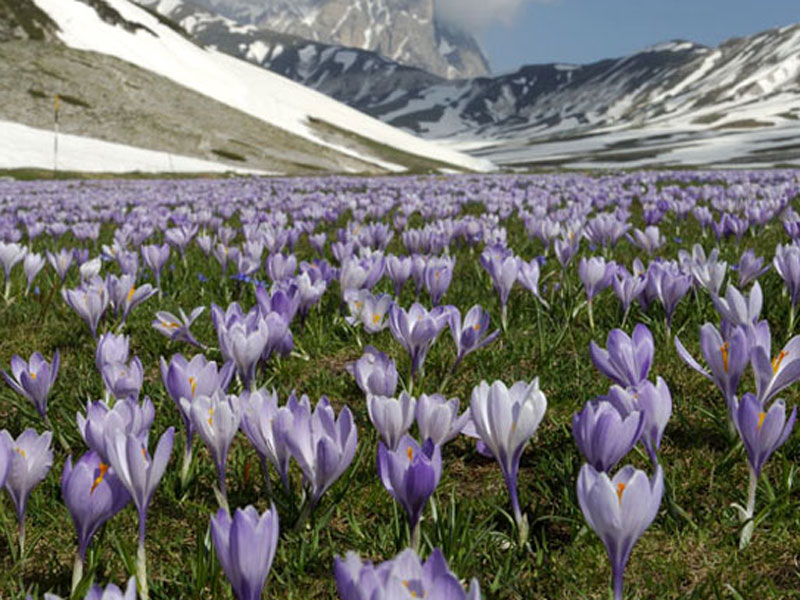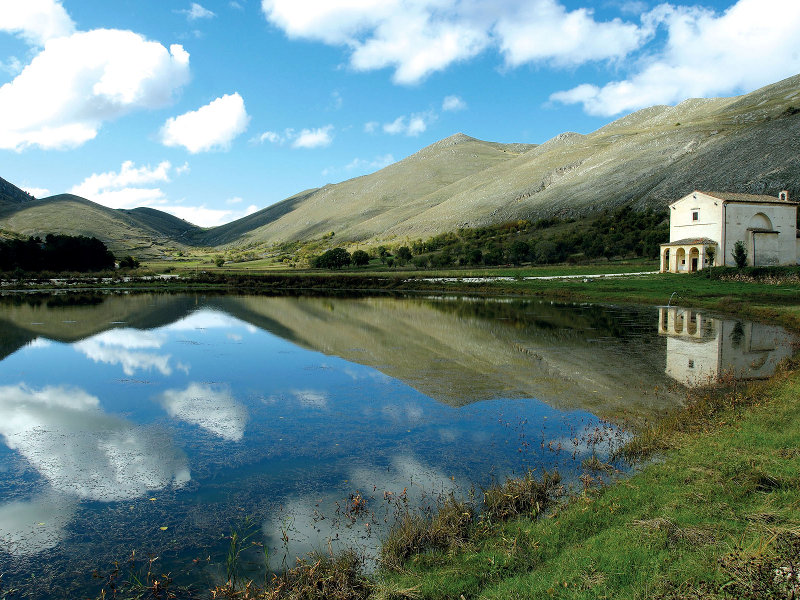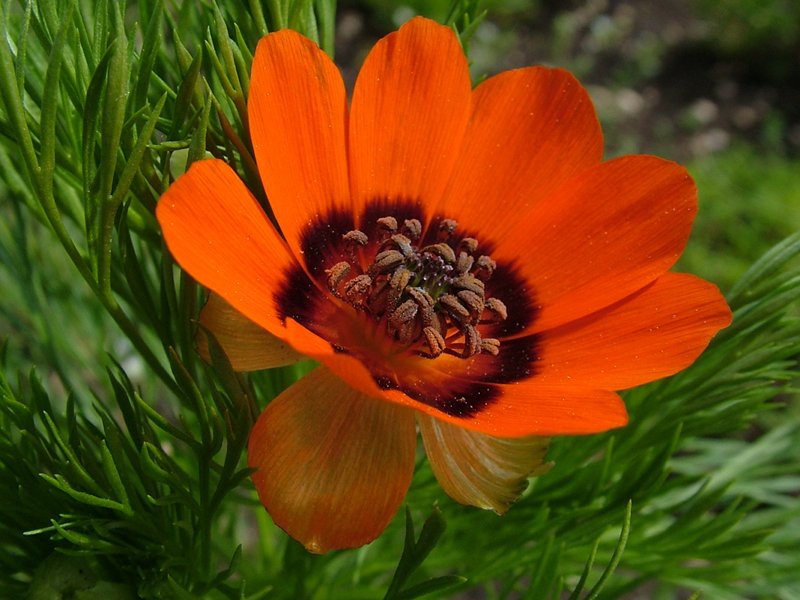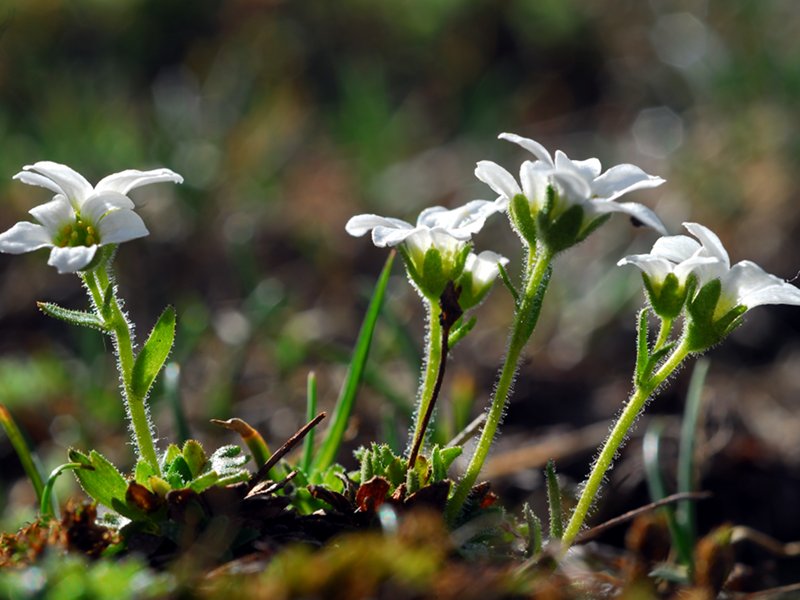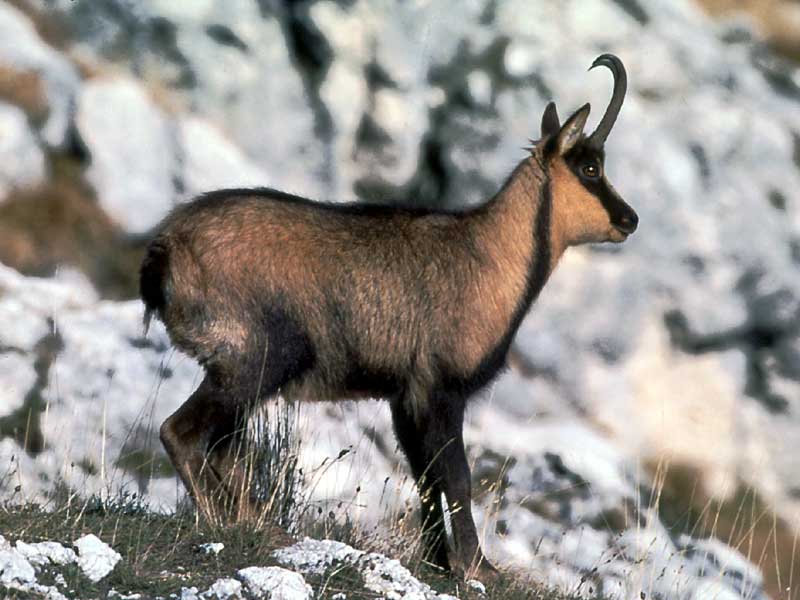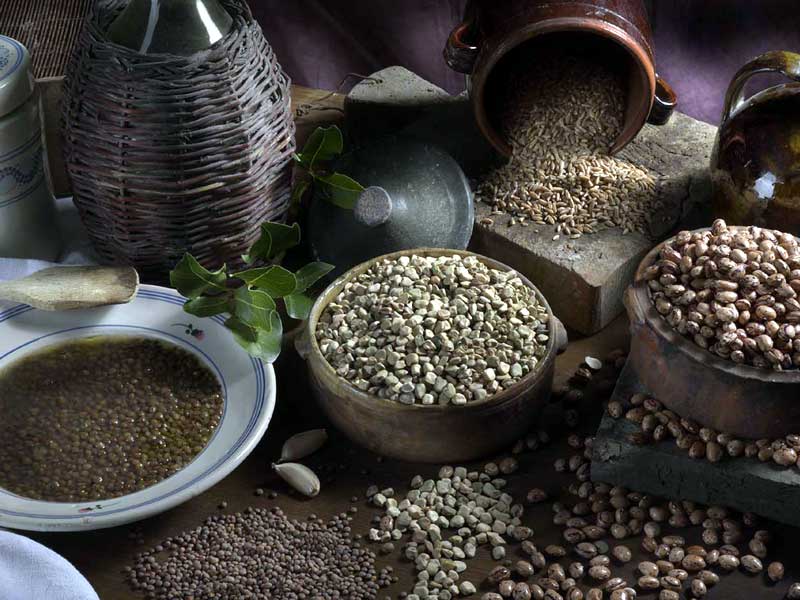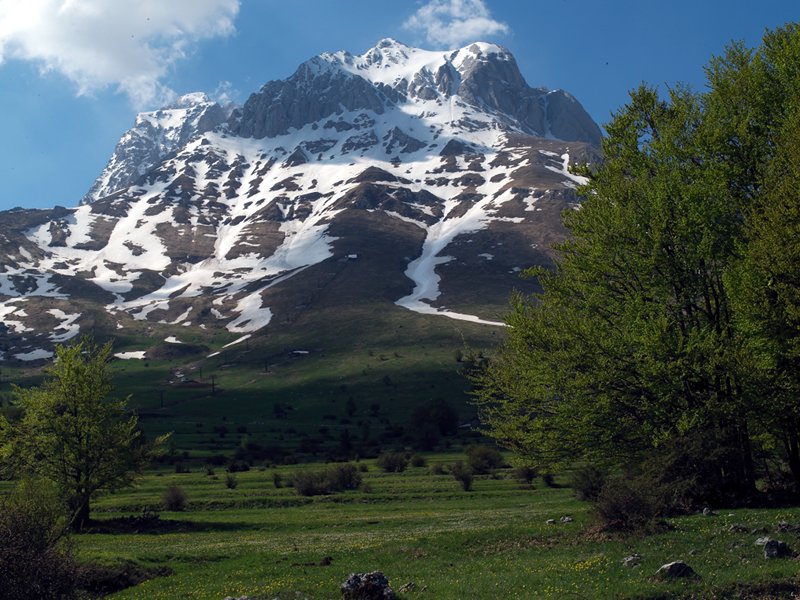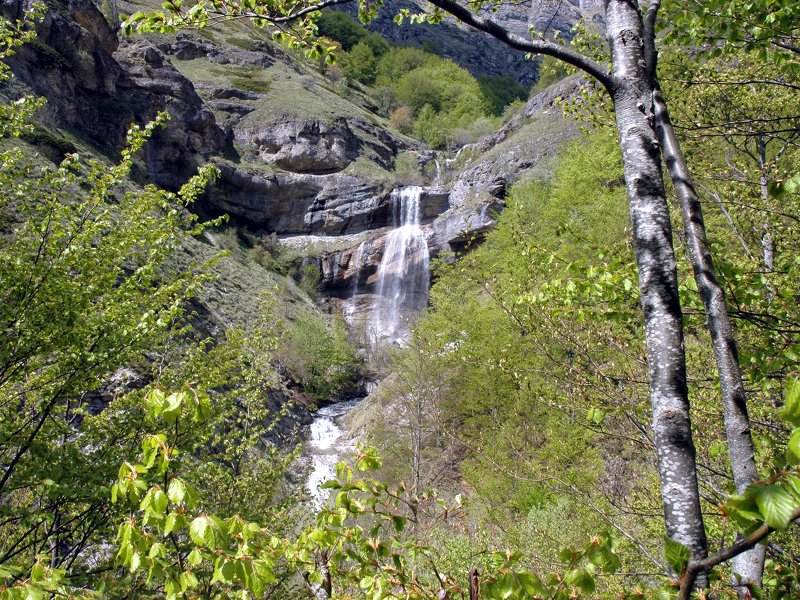Parco Nazionale del Gran Sasso e Monti della Laga
www.gransassolagapark.itProtected Area
Identity Card
- Gran Sasso e Monti della Laga National Park:
- Land Surface Area: 148'935.00 ha
- Protected flora: 8 species (Italian text)
- Protected wildlife: 178 species (Italian text)
- Habitats: 37 types (Italian text)
- Regions: Marche, Abruzzo, Lazio
- Provinces: Ascoli Piceno, L'Aquila, Pescara, Rieti, Teramo
- Municipalities: Accumoli, Acquasanta Terme, Amatrice, Arquata del Tronto, Arsita, Barete, Barisciano, Brittoli, Bussi sul Tirino, Cagnano Amiterno, Calascio, Campli, Campotosto, Capestrano, Capitignano, Carapelle Calvisio, Carpineto della Nora, Castel del Monte, Castelli, Castelvecchio Calvisio, Castiglione a Casauria, Civitella Casanova, Civitella del Tronto, Cortino, Corvara, Crognaleto, Fano Adriano, Farindola, Isola del Gran Sasso d'Italia, L'Aquila, Montebello di Bertona, Montereale, Montorio al Vomano, Ofena, Pescosansonesco, Pietracamela, Pizzoli, Rocca Santa Maria, Santo Stefano di Sessanio, Torricella Sicura, Tossicia, Valle Castellana, Villa Celiera, Villa Santa Lucia degli Abruzzi
- Establishment Measures: L 394 06/12/1991 - DM 4/12/92 - 4/11/93 - 22/11/94 DPR 5/6/95
- PA Official List: EUAP0007
- Park Authority: Ente Parco Nazionale del Gran Sasso e Monti della Laga
- Further managed Protected Areas:
- Sito d'Interesse Comunitario Gran Sasso
- Sito d'Interesse Comunitario Montagne dei Fiori e di Campli e Gole del Salinello
- Sito d'Interesse Comunitario Monte Picca - Monte di Roccatagliata
- Sito d'Interesse Comunitario Monti della Laga e Lago di Campotosto
- Sito d'Interesse Comunitario Primo tratto del Fiume Tirino e Macchiozze di San Vito
- Zona di Protezione Speciale Parco Nazionale Gran Sasso - Monti della Laga
- Zona Speciale di Conservazione Boschi ripariali del Tronto
- Zona Speciale di Conservazione Fiume Tronto tra Favalanciata e Acquasanta
- Zona Speciale di Conservazione Lago Secco e Agro Nero
- Zona Speciale di Conservazione Macera della Morte
- Zona Speciale di Conservazione Montagna dei Fiori
- Zona Speciale di Conservazione Monte Comunitore
- Zona Speciale di Conservazione Monti della Laga (Area Sommitale)
- Zona Speciale di Conservazione S. Gerbone
- Zona Speciale di Conservazione Valle della Corte
![]() The Statute of the Park (PDF Italian text - 151Kb)
The Statute of the Park (PDF Italian text - 151Kb)
Park Authority (Italian Texts):
- The Bodies
- Organization and Offices
- History of the Park
- Reference Rules
- The Park Plan
- Regulations in force
Gran Sasso e Monti della Laga National Park
A European Monument to Biodiversity
The presence of the Park Authority in the territory is guaranteed by a strategic and functional network of administrative-technical-scientific and promotional structures favoring the direct and non-stop contact with the resident population, local institutions, and the several visitors. It is an acknowledged "collective heritage" around which, by sharing choices and decisions promoting a mountain environment representing "a European monument to biodiversity", administrators, social forces, and citizens gather.
It is a territory situated between the Euro-Siberian region and the Mediterranean region, with the highest mountain of the Apennines and the only glacier of southern Europe.
The Park Structures (Italian text)
The Park Territory
The Park, situated in the heart of the Apennines, extends in the territory of three regions: Abruzzi, Lazio, and the Marches, and includes in its perimeter five provinces: L'Aquila, Teramo, Pescara, Rieti, and Ascoli Piceno, and 44 Municipalities.
(the following links lead to Italian text)
Flora and Vegetation
With 2,364 recorded species, Gran Sasso-Laga Park is one of the European protected areas with the greatest biodiversity
The most precious floral features are without a doubt linked to the highest summits, where the so-called "glacial relicts" still survive: they are endemic species like Androsace Mathildae, Adonis distorta, the violet of the Majella, the edelweiss of the Apennines, Artemisia petrosa, and many species of saxifrages.
It is also possible to find some endemic species at lower altitudes, like Goniolimon italicum or Astragalus aquilani, exclusive of this area. Moreover, on the slopes of Gran Sasso, you can observe in spring the wonderful Pheasant's Eye, a species which was considered extinct for a long time and which forms here the one and only station in Italy.
- Apennine Floristic Research Center
- Floristic main features (in Italian)
- Forests (in Italian)
Fauna
The animal which is also the Park's symbol is the Apennine chamois. After one hundred years of extinction, a reintroduction project has brought this animals back to the mountains of Gran Sasso, where today about 500 heads live. The wildlife heritage of the protected area also includes other big herbivores like Red Deer and Roe Deer, as well as their main predator, the Apennine Wolf.
- Large mammals
- Bird species
- Insects (in Italian)
- Reptiles and Amphibians
Man and the Land of the Park
The extension and richness of the environments, the abundance of waters, the availability of fertile lands and large pastures, and the important belt role the protected area has played over the centuries have led to a strong human pressure and, with it, to the development of cultures giving birth to architectures, arts and craftsmanship, usage, customs and folklore, agricultural and breeding practices that have tamed the harshness of the mountains, creating rural landscapes of great charm and environmental importance.
(the following links lead to Italian text)
The Landscape
The extension and the variety of altitudes and lithology reflect on the diversity of the Park landscapes.
In the high mountains, where the summits reach the 3,000 meters, the wilderness realm preserves particular environments, endemic flora and fauna, glacial relicts, while at the foot of Corno Grande you will admire the surprising expanse of Campo Imperatore, the "small Tibet" of the protected area, with its characteristic conformation with hillocks and moraines and its endless pastures.
(the following links lead to Italian text)





